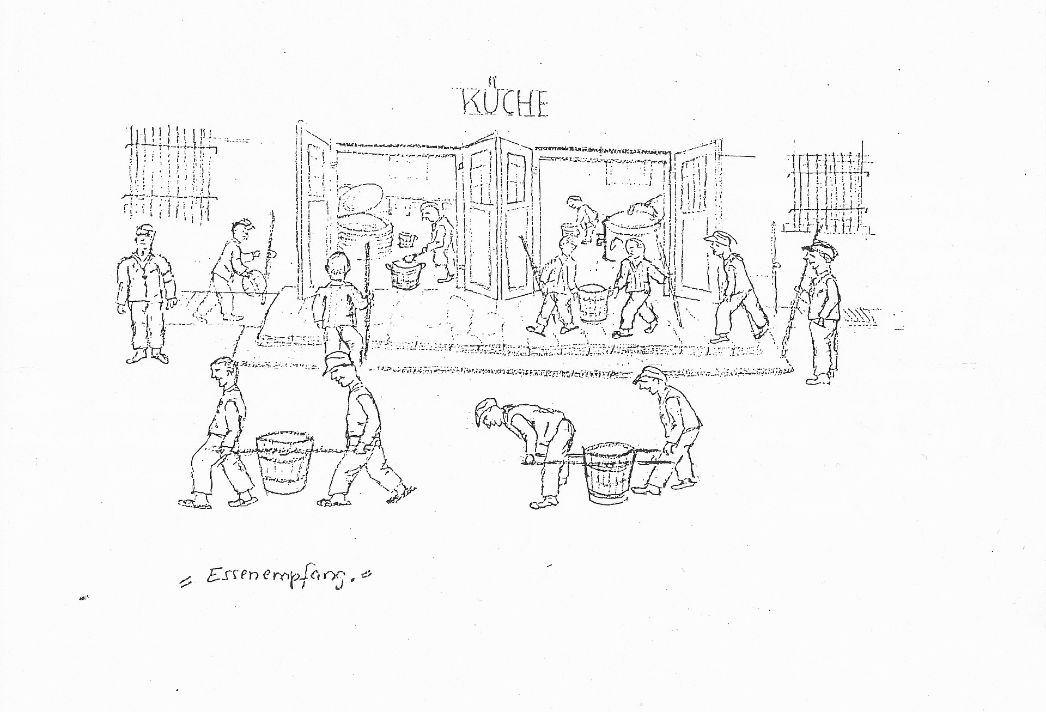
From the very beginning the food in the special camps was inadequate. This was also due to the critical situation in terms of the food supply in the post-war period. In early 1946, the rations were shortened to the lowest category for the non-working civil population. Mortality rates increased dramatically as a result; more than half of all the men who died in Special Camp No. 2 perished in 1947 from dystrophia, tuberculosis, or dysentery. After rations were increased again in 1947, the health of the inmates gradually improved. Although the Soviet Ministry of the Interior knew about the conditions in the special camps, it only responded slowly.
Supervised by Soviets, German inmate doctors and hospital staff worked in the

